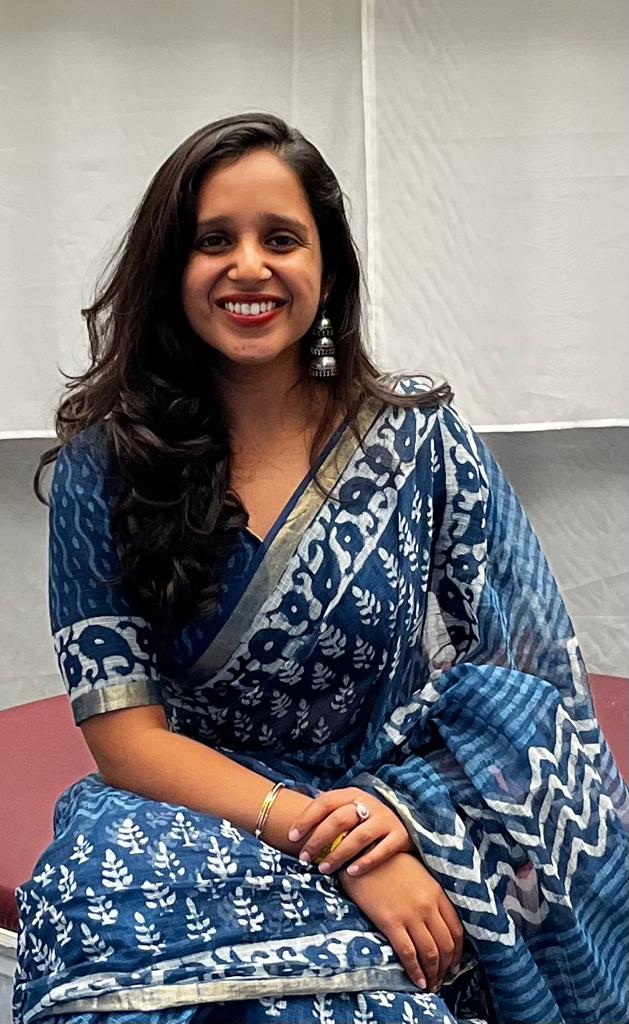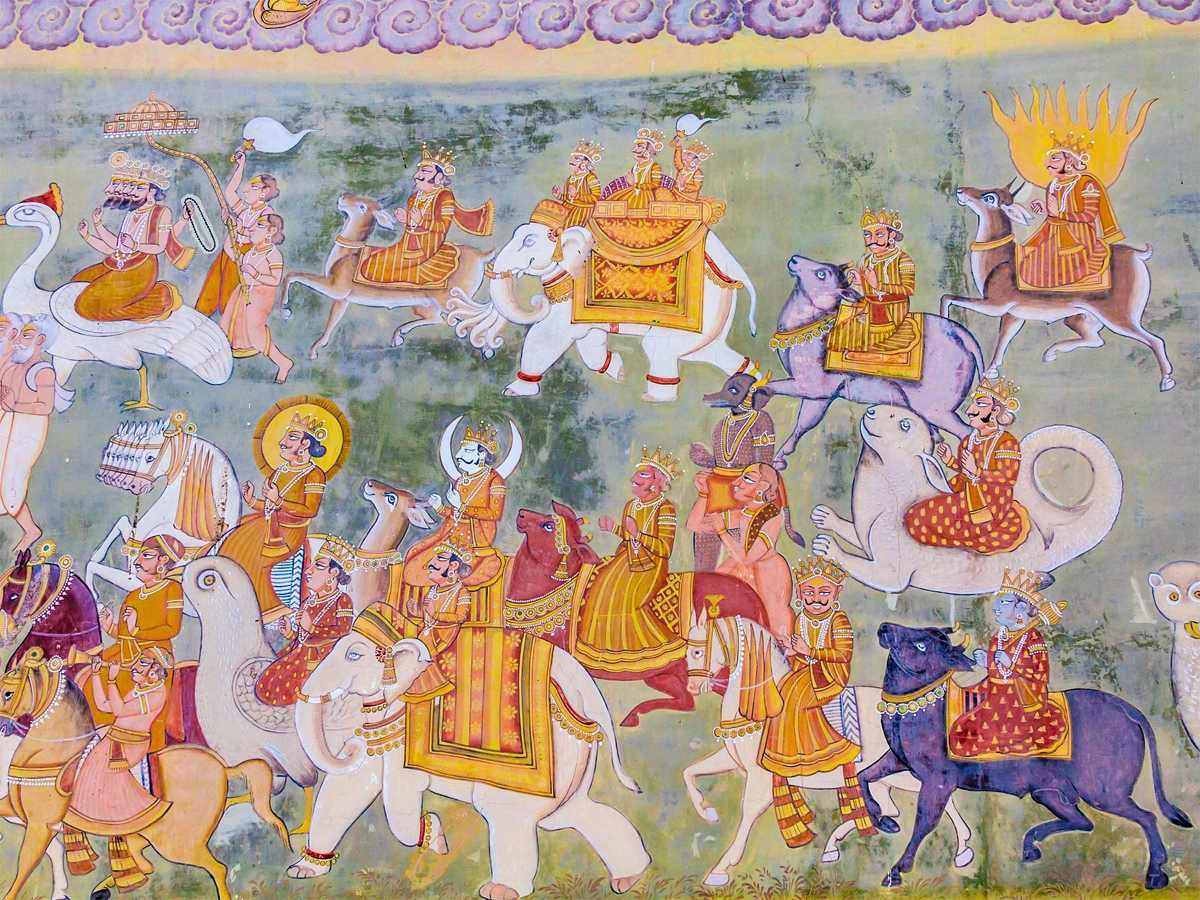On a frosty afternoon, I visited the bustling Reading Terminal Market in Philadelphia.
Amidst a sea of enticing food stalls, the longest queue snaked its way to Bassetts Ice Cream—not for the avant-garde choice of flavors but for its legacy. Founded in 1861, America’s oldest ice cream brand has been serving scoops from the same 125-year-old marble countertop since 1892, when the market became operational. Despite the winter chill, I joined the line drawn by Bassetts’ storied past. Bassetts now has an international presence in countries like South Korea and Taiwan, but the charm of its first and oldest parlor remains intact.
This phenomenon isn’t unique to Bassetts. Another Philadelphia-born brand, Breyers, has leveraged its 160-year history—and the promise to serve original recipes—to become a household name, now part of Unilever’s multi-billion-dollar portfolio. These brands are not merely selling ice-creams but nostalgia. They pride themselves on upholding tradition.
Across the globe, companies have constantly highlighted the value of their heritage to build consumer relationships. Luxury fashion brand Gucci leans on its Florentine roots, and French brand Chanel revisits its classic designs periodically. This reliance on heritage serves two strategic purposes. First, it draws attention to the artisanal legacy nurtured over generations, positioning handcrafted products as works of invaluable knowledge. Second, it imbues brands with a sense of authenticity linked to their place of origin, creating a distinct identity in competitive markets.
Even more important in India, where culture is celebrated as part of life. With its millennia-old civilizational continuity, India is uniquely positioned to harness the potential of cultural storytelling. Furthermore, our heritage extends across multiple sectors—performing arts, wellness, cuisine, crafts, and even sports—offering diverse opportunities for brands to carve out their niche.
Indian brands integrating cultural storytelling into their identity can create a powerful and differentiated market presence. Incorporating traditions, customs, and historical narratives into their branding appeals to consumers’ sensory and emotional sensibilities. Many cultural brands have successfully capitalized on this strategy.
Fashion designer Sabyasachi Mukherjee, whose eponymous label has redefined luxury fashion in India and taken it to the globe, recently celebrated 25 years by paying homage to India’s centuries-old textile traditions and his home state, West Bengal. His brand is not just about couture but about reviving and elevating traditional craftsmanship to global luxury standards.
India’s culinary heritage, with its deep-rooted histories and regional influences, presents another rich avenue for heritage-based storytelling. Beverage brand Paper Boat has masterfully evoked nostalgia through its quirky visuals and traditional Indian flavors, reconnecting consumers with childhood memories. Similarly, Sweet Karam Coffee taps into South India’s culinary traditions, offering authentic snacks with handwritten notes from ‘Janaki Patti’—representing generational expertise and authenticity. Food, as a category, is ripe for heritage branding, with regional specialties and heirloom recipes holding immense storytelling potential. Beyond food, Ayurveda—steeped in ancient wisdom—is experiencing a global renaissance. Brands such as Forest Essentials and Kama Ayurveda have positioned Ayurvedic beauty and wellness as a luxury category, while newer entrants like Nat Habit and Just Herbs redefine traditional formulations in contemporary and convenient forms. These brands are not merely selling products, reviving India’s ancient healing sciences for modern consumers.
Looking at some of these products reminded me of my grandmother’s traditional remedies and stories that work even today. These memories are not just personal, but a part of our collective heritage. To substantiate this, a Forbes study found that 80% of millennials and Gen Z consumers prefer brands that create nostalgia, offering them comfort in familiarity. This shift underscores the potential of culture-based storytelling, where heritage becomes an asset rather than an archived past.
By harnessing this approach, brands do more than sell products—they safeguard traditions, making them relevant and tangible for newer generations. This approach also aligns with India’s larger efforts to project its cultural strength on the global stage. Initiatives like Bharat Tex, Prime Minister Modi’s gift diplomacy, and hosting the UNESCO World Heritage Committee all reiterate India’s commitment to cultural revival.
In this grand narrative, heritage-driven brands play a crucial role as cultural ambassadors, shaping how India is perceived worldwide. They are not just commercial entities but custodians of tradition, carrying forward the country’s legacy in a contemporary format. As India positions itself as a global soft power, the synergy between cultural heritage and branding offers an unparalleled advantage—one that must be strategically and consciously harnessed to build Brand India for the world.
The views and opinions expressed here belong solely to the author and do not reflect the views of BlueKraft Digital Foundation.







